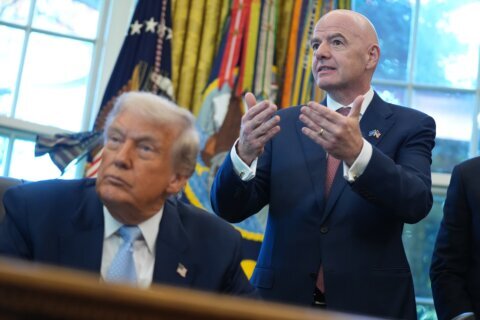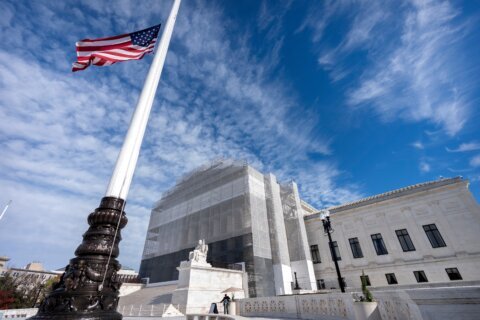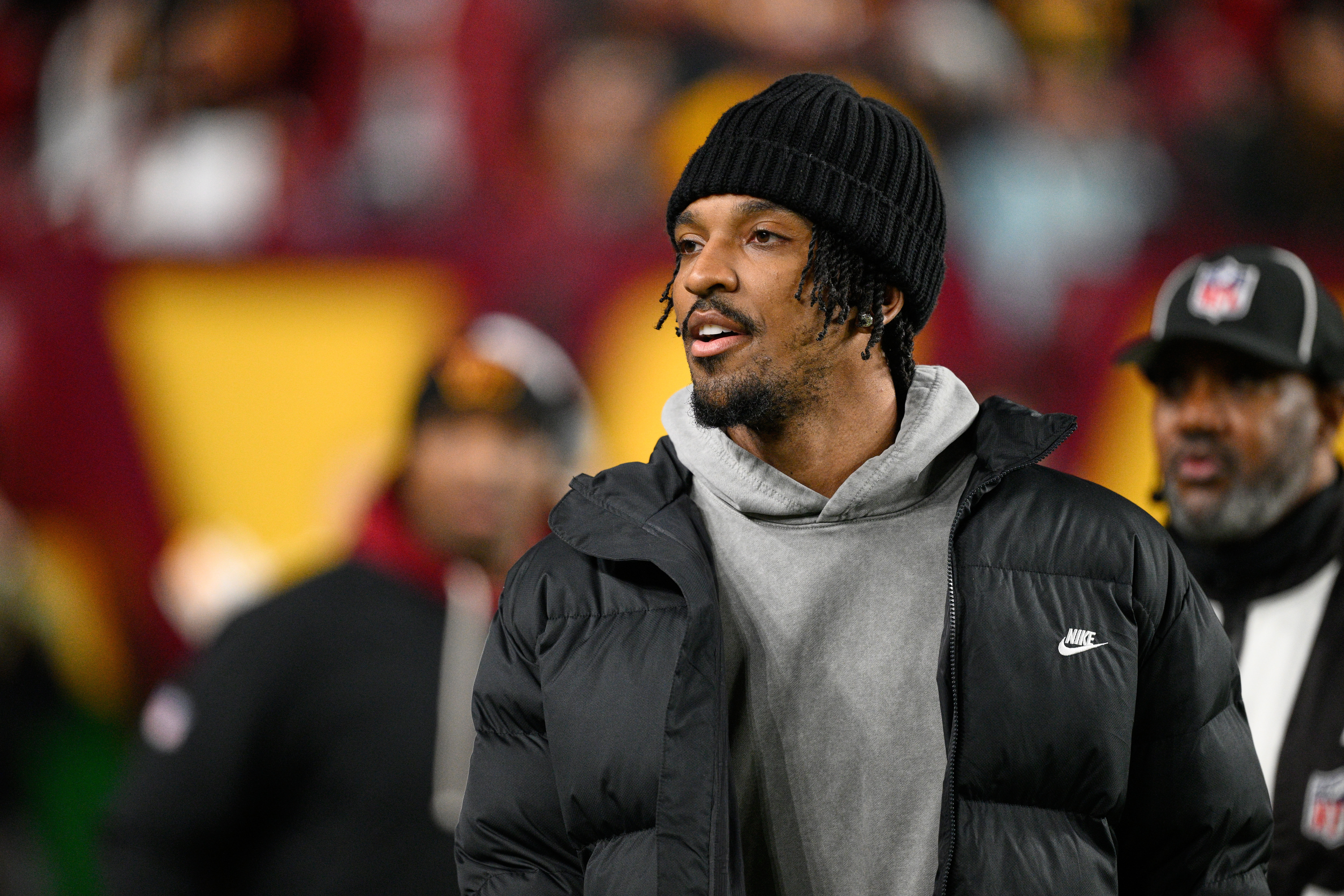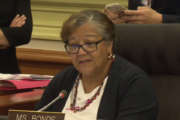JOHN ZENOR
AP Sports Writer
BIRMINGHAM, Ala. (AP) — Mike Helton has seen Talladega Superspeedway’s capacity expand in boom times and shrink along with the crowds at one of NASCAR’s signature tracks, moving in tandem with the sport’s ebbs and flows.
The speedway cut its seating capacity nearly in half in recent years, going from 140,000-plus to 78,000 as the sport dealt with a recession and the challenge of getting fans back in the stands when they can watch at home on flat-screen TVs.
“We want to be relevant, and Talladega wants to be relevant,” said Helton, NASCAR’s president, who ran Talladega Superspeedway from 1989 through 1993. “When I left Talladega, we had 47,000 seats. The sport has grown. We’ve gone through a cycle, and now we’re going through another cycle to get back to where we want the sport. I think Talladega has done a very nice job trying to figure all that out.”
Helton, team owner Richard Childress, Talladega chairman Grant Lynch and Coca-Cola marketing executive Brenda Staton pitched the virtues of the sport and the famed track to area business representatives on Thursday. Helton said corporate interest these days is “strong and actually in some cases growing.”
Talladega, meanwhile, is adapting to the times — and the dwindling, if still impressive, crowds.
Lynch said more than 100,000 people showed up for the spring Sprint Cup race, including those camping out in the infield. It’s still a marked decline considering unofficial race attendance used to approach 175,000 before the 2008 recession.
Talladega tore down the Allison Grandstand after last season. Track officials don’t release attendance numbers.
“It’s been real tough,” Lynch said. “Any time there’s a downturn in the economy — we have a blue-collar fan base at Talladega. The lift that the country has seen has been slow to get to the Southeast around Alabama. Most of our crowd are in the manufacturing and automotive and those types of sectors, which are dragging behind some of the others.
“It’s been a tough time. But what you do in tough times, you look at your business model and you do things like let’s replace our seats. Let’s put bigger seats in for the fans so they’re more comfortable when they’re in them.”
He said the track has spent $68 million in recent years improving the facility, including putting in larger seats and redoing all the bathrooms.
Childress thinks downsizing capacity at Talladega fits with the times, but also said NASCAR racing keeps getting better.
“It’s like any business or anything,” said Childress, whose teams have won a record 12 races at Talladega. “You build, you build, you build and keep trying to get the seating capacity to bring people in. When 2008 happened, not only to our sport but to every sport and everything else, we had to change our model like everyone else of how we ran our businesses. At the time, people had all kinds of extra money to spend. Now that they don’t, you’ve got to downsize and get it back where people want to be in those 78,000 seats.”
NASCAR’s longest track, at 2.66 miles, is known for steep banks, wild racing and frequently big wrecks. Helton calls it “a benchmark in the motorsports industry” and “a very significant stop for us.”
“Our ultimate product is a race on the racetrack,” Helton said, “and Talladega delivers that routinely.”
The speedway is also a big deal for the area’s economy.
Lynch said a recent study showed that the Talladega spring and fall races had an average combined economic impact on the state of $380 million annually in the last decade. He said 71 percent of the fans come from out of state, an average of 290 miles away.
“It’s a player of great magnitude in the entertainment world,” Helton said. “This area has the impact of a Super Bowl twice a year routinely for 45 years. Don’t take that for granted.”
Copyright 2014 The Associated Press. All rights reserved. This material may not be published, broadcast, rewritten or redistributed.







